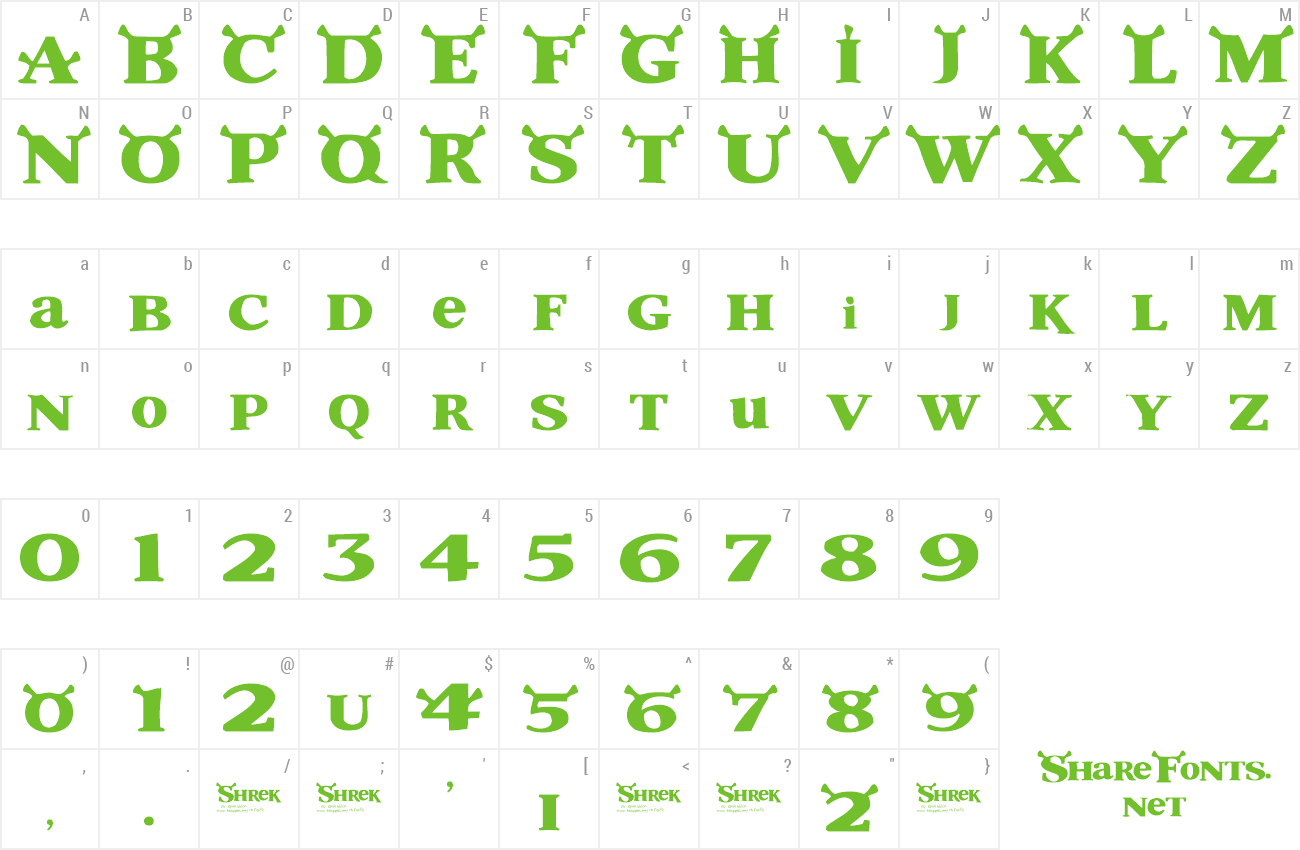
", showSectionNames=" + showSectionNames +Īfter looking over the interface, I plan to replace the showNikud and showMeteg cases with InputFilters. SectionNames = sectionNamesList.toArray(new String) Remove meteg based on Unicode character ranges

Does not replace combined characters (\ufb20-\ufb4f) Remove nikud based on Unicode character ranges Download Free MEP Calculation Excel Sheets, AutoCAD Drawings, and Training Courses for HVAC, Firefighting, Plumbing and Electrical Systems Design. InputStream is = getAssets().open(filename) īufferedReader br = new BufferedReader(new InputStreamReader(is)) ĪrrayList sectionNamesList = new ArrayList() Download Free Collection of Arabic and Kufi SHX AutoCAD Fonts Different AutoCAD Font Styles for Arabic and Kufi Including Sosa Font.
#Arabic font for android 2.3.6 code#
My code that reads in the data is: currentOffset = 0

#Arabic font for android 2.3.6 update#
Other than keeping a separate expected length that I update each time I append to the SpannableStringBuilder, I don't even have a good way to detect the error, since the append interface returns the object, not an error! Is this a known issue with a SpannableStringBuffer? Are there other recommended ways to build a large Spannable buffer? Any suggested workarounds? Improve robustness of Windows sync server.

From log entries, my app only got 9,999 characters in the buffer. Android: dont crash when trying to star a card when no card is showing. However, I got a recent report from a user on a LG Lucid (LGE VS840 4G, Android 2.3.6) that the text is truncated. This approach has worked without complaints in the two years that I've had the app on the market (over 7k active device installs), so I know that the code is reasonably correct. (The largest is ~450k.) I read the file in, line-by-line into a SpannableStringBuffer (since there is some metadata I remove, such as section names). My app reads in large amounts of data from text files assets and displays them on-screen in a TextView.


 0 kommentar(er)
0 kommentar(er)
